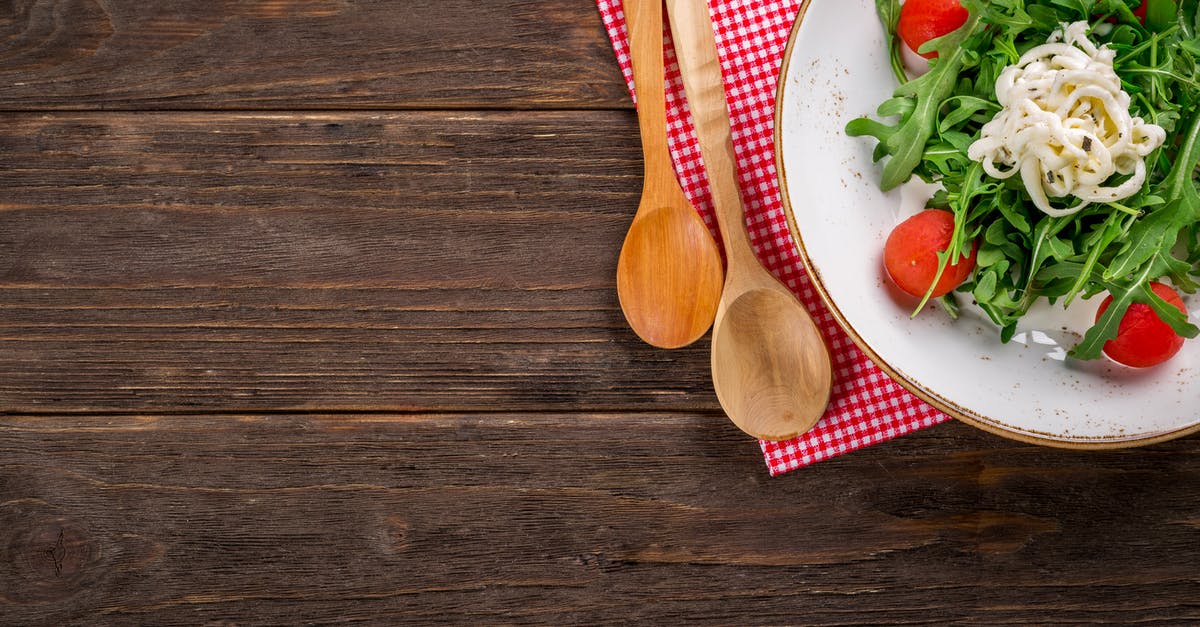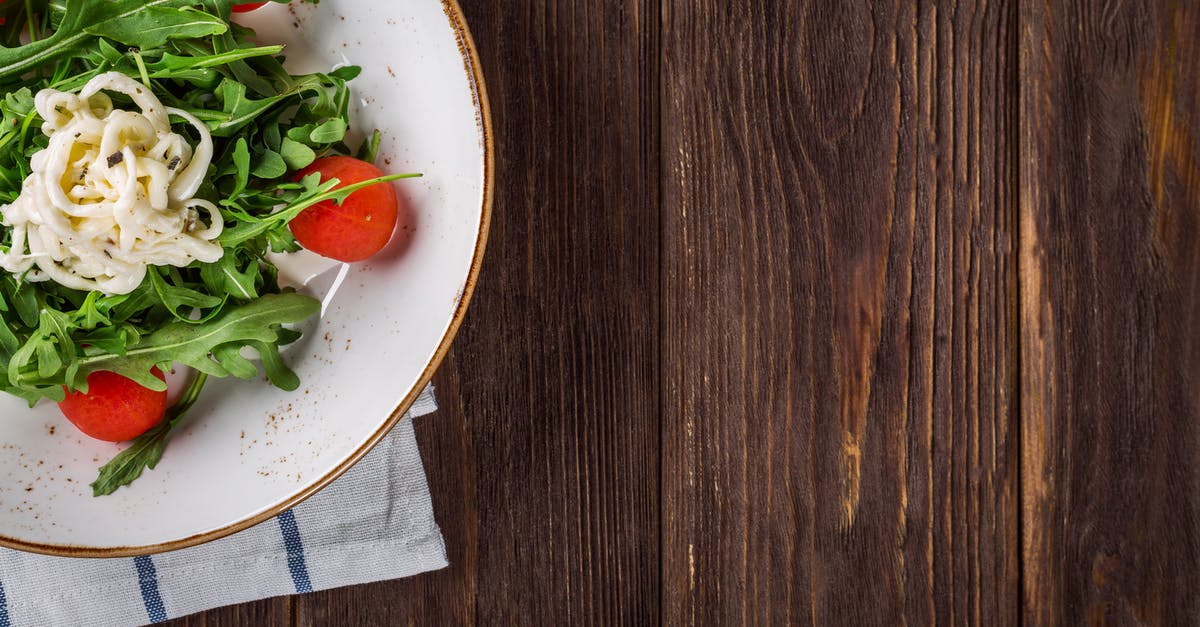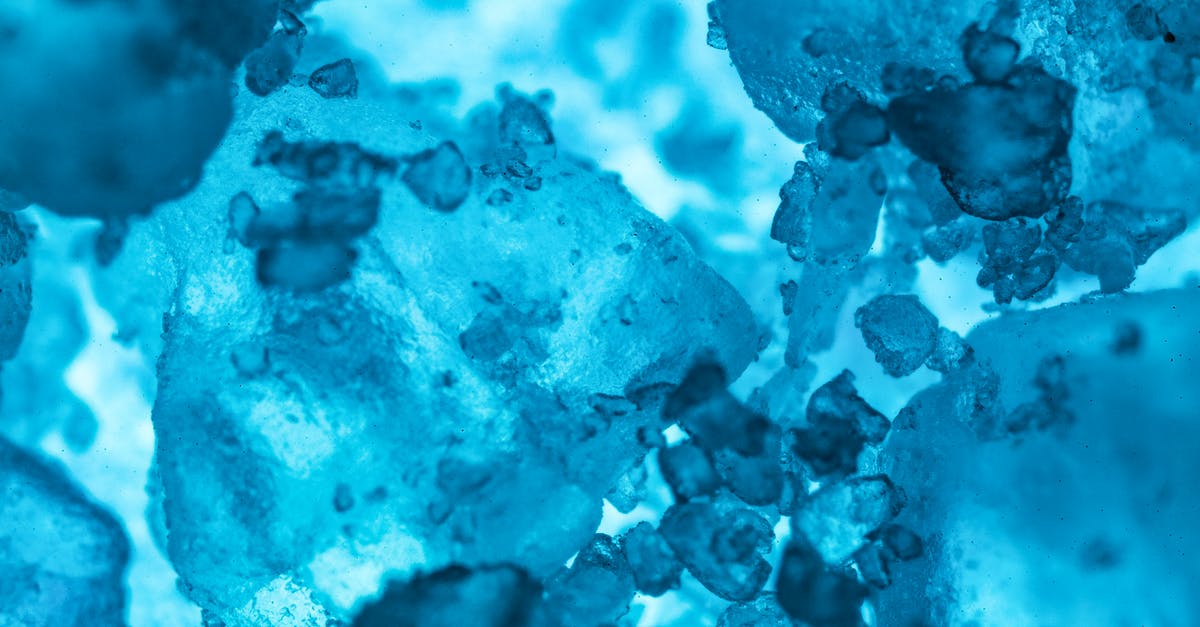Vegetable "jam" with salt instead of sugar

My bread baker has a program for preparing jams. The recipe says to put 3 cups of fruit with 1 cup of water and some lemon juice. This tastes great and it is also preserved well for over a year.
Now I would like to use the baker for preserving vegetables in the same way. I can use the same recipe and have sweet jams of vegetables like tomatoes, onions or carrot. But I would also like to have salty-flavored "jams". So my question is: can I just replace the cup of sugar with a cup of salt? Can a jam prepared like this be preserved for a long time?
Best Answer
No! A cup of salt is an enormous amount and would be dangerous for anyone who ate it, although they are unlikely to be able to swallow it in the first place as it would taste awful.
Preserving vegetables can be done with or without preservative agents like sugar, salt, and acid but you won't be able to use your bread machine's jam making function. I would highly doubt that the jam made in your bread maker would be good for a year anyway, as long-term preservation requires canning and processing which isn't going to be done by a bread machine.
Pictures about "Vegetable "jam" with salt instead of sugar"



Vegetable Jam | Home Made Healthy Jam | Jam Recipe | All Natural Jam
More answers regarding vegetable "jam" with salt instead of sugar
Answer 2
From a practical standpoint, you won't be able to get a full cup of salt to dissolve into a "jam". The solubility of sodium chloride (table salt) is much lower than that of sucrose (sugar) and it doesn't change much with additional heat. So while you can add a (relatively) huge amount of sugar, get it to dissolve, and be left with a stable and pleasantly jammy texture, salt simply will not do this. Try to replace sugar with an equal amount of salt, and you'll be left with overly salty pickles floating on top of an undissolved pile of salt crystals. Preserved, yes, but maybe not worth preserving.
I would suggest instead that you look around at "savory jam" recipes which focus on less sweet flavors. You'll notice that these still contain a lot of sugar - this is done for texture and to help balance out other flavors. It's very difficult to completely eliminate sugar if your end goal is a jam because it does much more than just add sweetness.
Answer 3
It is possible to preserve vegetables with salt via lactic fermentation but as GdD mentioned, 1 cup is way too much. I believe lactic fermentation is your best bet however, either dry salting or brining. If you're dry salting the maximum you'd use is 20 - 25% by weight but the vegetables would require several rinsings to get the saltiness down to a tolerable level. At the low (and more common) end, where you're brining, you'd use about 2 - 5% salt by weight. Just don't go below 2% or you risk ruining your batch by inviting other stuff in.
I would look at a few recipes for lacto-fermented tomato sauce and modify one to suit your preference. Just remember that fermentation will continue for as long as you let it. Don't use a tight-fitting lid or gas buildup will create an explosion hazard. The flavor will also continue to get stronger over time. Storing it in your fridge or a cool place will slow the fermentation enough to give you several months with it tasting more or less the same. I've heard of people pasteurizing their ferments in jars to extend the shelf life further but have no personal experience with it.
Answer 4
Jams and jellies set up due to the presence of pectin, which is essentially the plant version of collagen/gelatin. Pectin requires sugar and acid to form a stable gel, so those ingredients are pretty much required. That's why your bread maker's instructions recommend adding lemon juice as well as sugar.
It would definitely be a cool experiment to try making a vegetable jam or jelly using some form of tasteless sugars and additional pectin and acid, but that's more of a chemistry experiment than a recipe. My veggie nomination is tomatoes.
Sources: Stack Exchange - This article follows the attribution requirements of Stack Exchange and is licensed under CC BY-SA 3.0.
Images: Pixabay, Pixabay, Pixabay, Jimmy Chan
